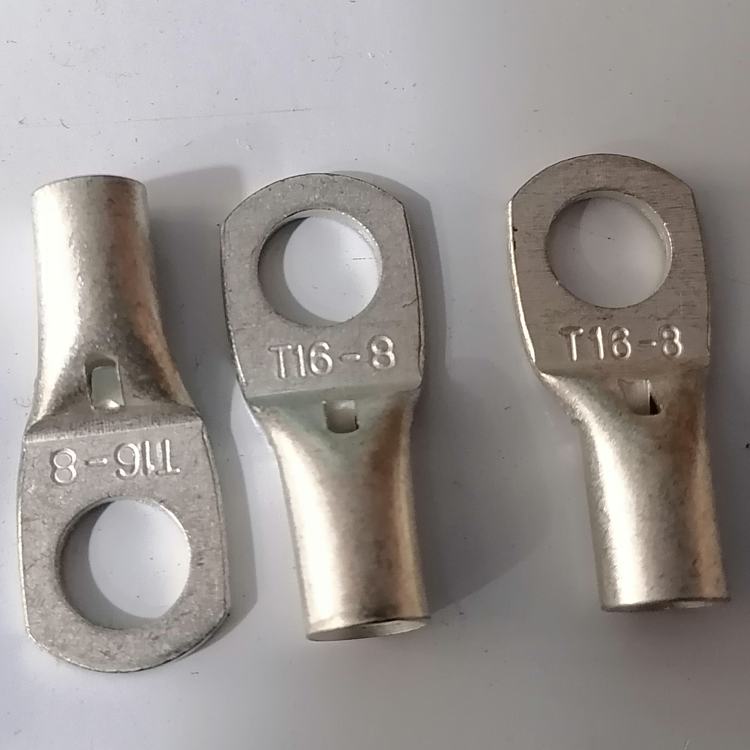The first planar monolithic integrated circuit (IC) chip was demonstrated in 1960. The idea of integrating electronic circuits into a single device was born when the German physicist and engineer Werner Jacobi developed and patented the first known integrated transistor amplifier in 1949 and the British radio engineer Geoffrey Dummer proposed to integrate a variety of standard electronic components in a monolithic semiconductor crystal in 1952. A year later, Harwick Johnson filed a patent for a prototype IC. Between 1953 and 1957, Sidney Darlington and Yasuo Tarui (Electrotechnical Laboratory) proposed similar chip designs where several transistors could share a common active area, but there was no electrical isolation to separate them from each other.
These ideas could not be implemented by the industry, until a breakthrough came in late 1958. Three people from three U.S. companies solved three fundamental problems that hindered the production of integrated circuits. Jack Kilby of Texas Instruments patented the principle of integration, created the first prototype ICs and commercialized them. Kilby's invention was a hybrid integrated circuit (hybrid IC), rather than a monolithic integrated circuit (monolithic IC) chip.[1] Between late 1958 and early 1959, Kurt Lehovec of Sprague Electric Company developed a way to electrically isolate components on a semiconductor crystal, using p–n junction isolation.
The first monolithic IC chip was invented by Robert Noyce of Fairchild Semiconductor.[2][3] He invented a way to connect the IC components (aluminium metallization) and proposed an improved version of insulation based on the planar process technology developed by Jean Hoerni. On September 27, 1960, using the ideas of Noyce and Hoerni, a group of Jay Last's at Fairchild Semiconductor created the first operational semiconductor IC. Texas Instruments, which held the patent for Kilby's invention, started a patent war, which was settled in 1966 by the agreement on cross-licensing.
There is no consensus on who invented the IC. The American press of the 1960s named four people: Kilby, Lehovec, Noyce and Hoerni; in the 1970s the list was shortened to Kilby and Noyce. Kilby was awarded the 2000 Nobel Prize in Physics "for his part in the invention of the integrated circuit".[4] In the 2000s, historians Leslie Berlin,[a] Bo Lojek[b] and Arjun Saxena[c] reinstated the idea of multiple IC inventors and revised the contribution of Kilby. Modern IC chips are based on Noyce's monolithic IC,[2][3] rather than Kilby's hybrid IC.[1]







